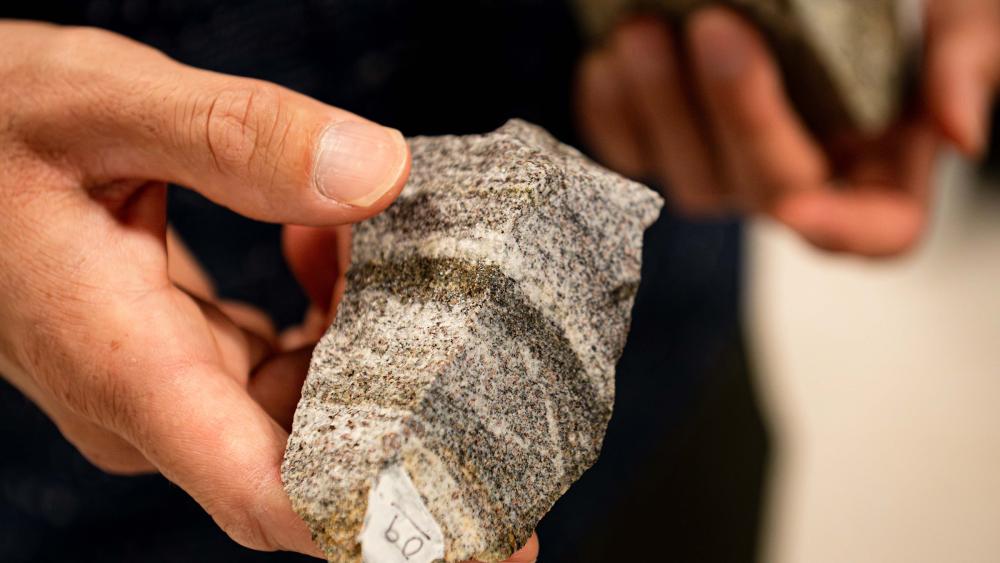The researchers distinguished between high-temperature (HT) and ultrahigh-temperature (UHT) conditions. Smye and his co-author, Peter Kelemen, professor of earth and environmental sciences at Columbia University, noticed a striking consistency to the compositions of rocks that had melted at temperatures above 900 C: they had significantly lower concentrations of uranium and thorium compared to those in rocks that had undergone melting at lower temperatures.
“It’s rare to see a consistent signal in rocks from so many different places,” he said. “It’s one of those eureka moments that you think ‘nature is trying to tell us something here.’”
He explained that melting in most rock types occurs when the temperature gets above 650 C or a little over six times as hot as boiling water. Typically, the further into the crust you go, the temperature increases by about 20 C for every kilometer of depth. Since the base of most stable continental plates is about 30 to 40 kilometers thick, temperatures of 900 C are not typical and required them to rethink the temperature structure.
Smye explained that earlier in Earth’s history, the amount of heat produced from the radioactive elements that made up the crust — uranium, thorium and potassium — was about double what it is today.
“There was more heat available in the system,” he said. “Today, we wouldn’t expect as much stable crust to be produced because there’s less heat available to forge it.”
He added that understanding how these ultra-high temperature reactions can mobilize elements in the Earth’s crust has wider implications for understanding the distribution and concentration of critical minerals, a highly sought-after group of metals that have proved challenging to mine and locate. If scientists can understand the reactions that first redistributed the valuable elements, theoretically they could better locate new deposits of the materials today.
“If you destabilize the minerals that host uranium, thorium and potassium, you’re also releasing a lot of rare earth elements,” he said.
The U.S. National Science Foundation funded this research.
At Penn State, researchers are solving real problems that impact the health, safety and quality of life of people across the commonwealth, the nation and around the world.
For decades, federal support for research has fueled innovation that makes our country safer, our industries more competitive and our economy stronger. Recent federal funding cuts threaten this progress.
Learn more about the implications of federal funding cuts to our future at Research or Regress.

